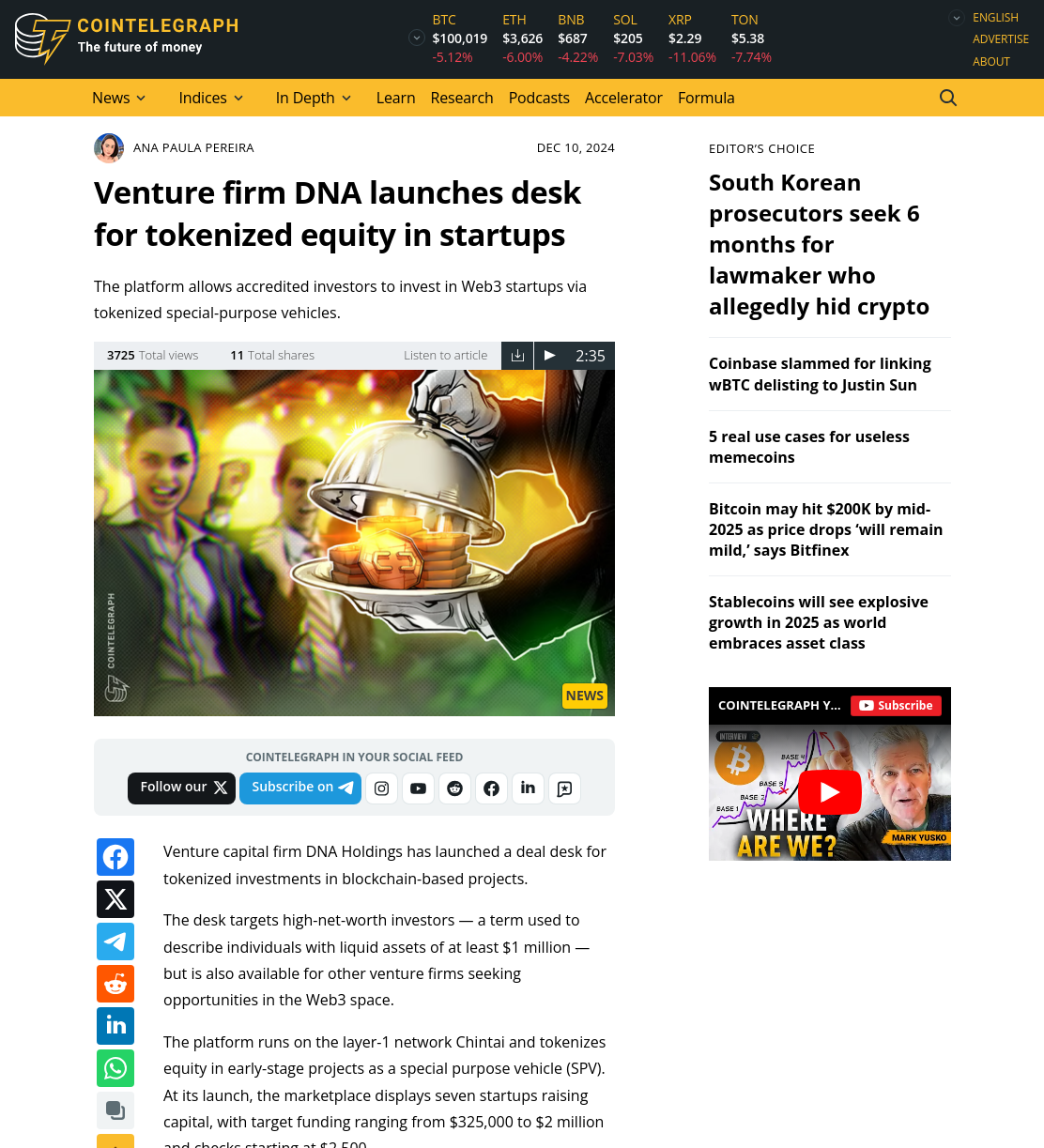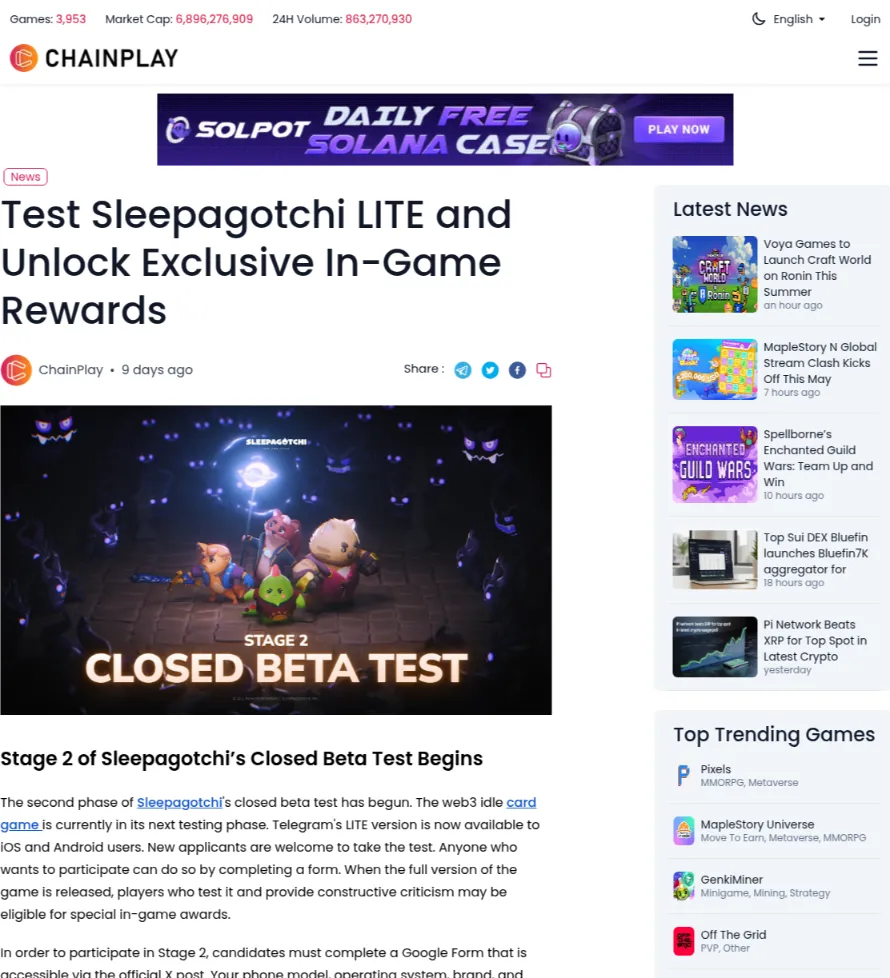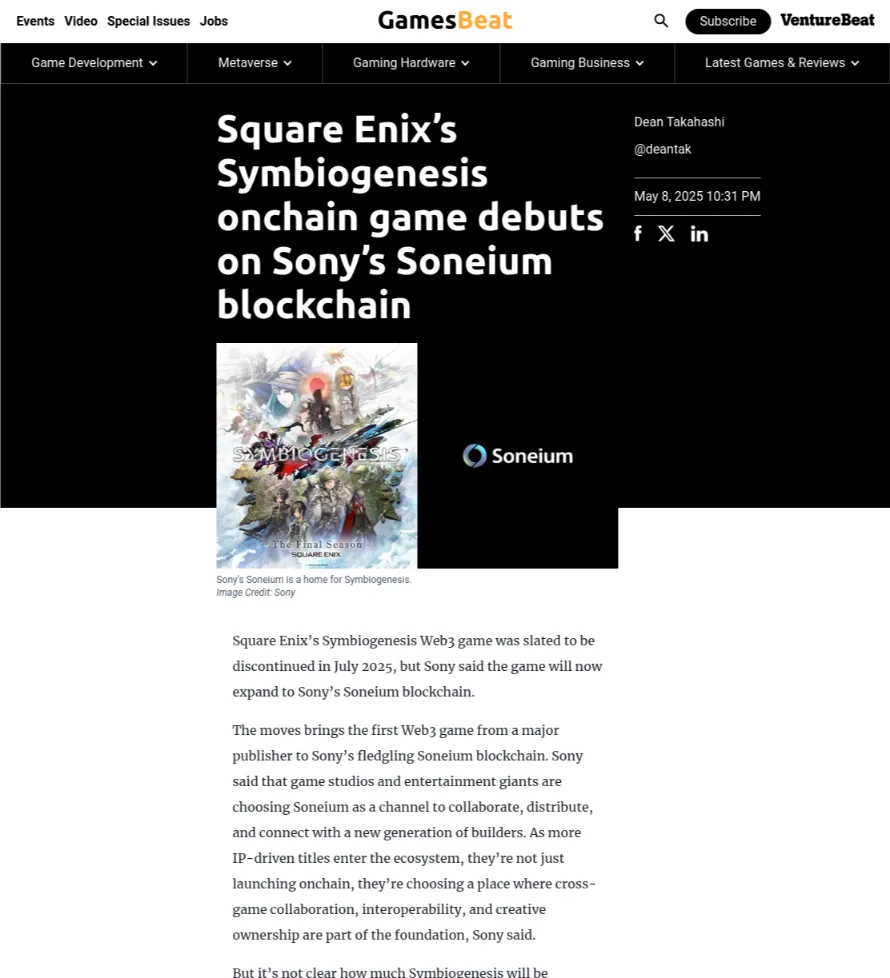Case Study: Sleepagochi - Announcement
The PR Genius is a global media agency that enables innovative web3 and web2 companies build credibility and awareness through the power of the press and growth hacking. We help founders create scalable revenue channels through their personal brand.
View Case StudySituation
In , Sleepagotchi, a new gamified sleep-tracking app, was gearing up to launch its mobile platform. The app transforms healthy sleep habits intoa game, rewarding users with tokens and collectibles for consistent rest. However, breaking through a crowded wellness-tech market posed achallenge. Sleepagotchi needed a buzz-worthy way to reach beyond the crypto and Web niche and into mainstream awareness. The goal was to getpeople talking about sleep, the app, and its innovative "sleep-to-earn" technology, all at once.In short, the team faced a classic PR dilemma: how to make a new app launch compelling enough for Tier- media coverage and viral social sharing,without any existing brand recognition or a large marketing budget.
Task
Our task was to turn Sleepagotchi's launch into a high-impact media moment. A standard press release about a new sleep app was unlikely to grabattention, so we needed a creative hook that would instantly resonate with journalists and the public. In practical terms, this meant we aimed to:Invent an Irresistible Story Angle: We had to develop a campaign narrative that made building better sleep habits sound fun, newsworthy, andshareable. The idea needed to highlight Sleepagotchi's unique value (gamifying wellness) in a way anyone could understand.
Action
Rather than a conventional app launch announcement, we created a "Dream Job" campaign built to capture imaginations. Theconcept: Sleepagotchi would pay a lucky person $ per hour to sleep. In other words, we opened a position for a "ProfessionalSleeper", someone who'd get $/hour for snoozing while using the Sleepagotchi app to track their sleep and play the game. Thisplayful dream job angle had universal appeal (who doesn't want to get paid to sleep?) and perfectly tied into the app's purpose ofimproving sleep habits.Sleepagotchi's "Dream Job" campaign poster announced the hunt for a Professional Sleeper, offering$/hour to snooze using the app. This clever hook, essentially the world's easiest job, was designed for viral potential and drewwidespread media attention. We crafted messaging to ensure the campaign wasn't seen as a mere gimmick, but as an invitation toengage with Sleepagotchi's technology.The storytelling highlights of our Action phase included: The Easiest Job on Earth: We framed the narrative playfully, "Get paid tosleep!", which became an instant headline. By emphasizing $/hour for sleeping, we grabbed global eyeballs while subtlyshowcasing Sleepagotchi's promise (better sleep through rewards). This hook was not only attention-grabbing but also on-brand,turning the app's core idea into a human-interest story.
Viral Terms
We coined fun terms (like calling the hiredsleeper a "chillfluencer") that made the storyeven more shareable on social media.
Perks & Details
Highlighted perks, a "$ Uber Eats card for prenap snacks", and exclusive merch for the winnergave journalists colorful material.
Visual Appeal
The campaign microsite and visuals featured acute Sleepagotchi dino character with pillows,leaning into the app's game aesthetic to create aheadline-worthy image.
Execution
When the campaign officially launched (with the application page going live), we sent out a press release andpersonal outreach to a broader list of media contacts. The press kit included engaging assets: the "ProfessionalSleeper" job description, quotes about why improving sleep habits matters, and imagery from the app. By design,the story hit multiple news circuits simultaneously, tech news, crypto gaming blogs, and general news wires,creating a wave of coverage within - hours. Several outlets ran with the irresistibly shareable headline (e.g.,"This App Will Pay You to Sleep"), and importantly, most also explained Sleepagotchi's launch and how itsgamified sleep tracking worked
The Sleepagotchi team amplified the campaignon social platforms, especially X (Twitter) andDiscord. The official "We're hiring a sleeper!"tweet itself garnered significant engagement,with many users tagging friends and postingtongue-in-cheek "applications" to be thesleeper. This user-generated buzz reinforcedmedia efforts, as the campaign trended incrypto gaming circles and even got casual socialmedia users talking, journalists felt the FOMO ifthey hadn't covered it yet. The synergy betweenpress coverage and social chatter helped propelthe story further.
Sustained Engagement
We kept the momentum by periodically updating media on the campaign's progress (e.g., "X thousands of applicationsreceived in first week" or "Final call before the Dream Job application closes"). This led some outlets to do follow-upmentions ("so many people want the Sleepagotchi dream job"). Even after the "Professional Sleeper" was selected,we arranged for a couple of human-interest follow-up pieces about the winner's experience using the app, subtlycontinuing the promotion of Sleepagotchi post-launch. In essence, what started as a one-off stunt evolved into anongoing narrative about how Sleepagotchi is turning sleep into the next frontier of wellness gaming.Throughout execution, a crucial element was maintaining a balance between whimsy and substance. We workedclosely with journalists so that coverage not only attracted clicks with the paid-to-sleep hook, but also educated readerson Sleepagotchi's new app launch, features, and the science of habit-building. By having compelling talking points andfounder quotes ready, we ensured that even the most sensational headlines carried the company's key messages.
Results
The "Dream Job" campaign was a resounding success, transforming a small app launch into international headlines. We achieved and exceeded our objectives, as evidencedby the metrics and coverage quality:
11
Media Placements
In total, separate pieces of coveragewere secured. What truly mattered waswhere these stories landed, virtually allappeared in high-authority, Tier- outletsinstead of minor blogs. Each placementwas a full feature (not just a press releaserepost), indicating genuine editorialinterest.
96
Average Domain Authority
The average Domain Authority ofpublications covering the story was , anextraordinarily high figure. In practice,this means our story ran on some of themost reputable and far-reachingplatforms on the web. This high DAaverage reflects how we successfullytapped major outlets with massive onlinepresence
4.41M
Impressions Generated
The known coverage garneredapproximately . million impressions(views/readership) in total. This number,drawn from the combined estimatedreadership of all articles, demonstratesthe substantial visibility we achieved.Millions of people encountered theSleepagotchi story, many likely hearing ofthe brand for the first time, through thesearticles
556M
Total Audience Reach
Including syndicated pickups andnetwork reach, the campaign's storyachieved a staggering millionpotential audience reach. This figureaccounts not only for direct readers of theoriginal articles, but also the extendednetworks through which those articleswere shared or republished. Thanks toinclusion in major news syndicationchannels (for example, features beingdistributed via Yahoo News, MSN andother aggregators), the Sleepagotchi storypotentially touched over half a billionpeople worldwide.
Every article not only delivered the fun headline but also looped back to Sleepagotchi's core message. Tier- outlets introduced readers to theapp's gamified sleep-tracking tech while reporting the quirky job opening, exactly the balance we aimed for. The campaign earned prominentplacements on tech platforms and even general news sites, effectively blurring the line between a viral human-interest story and a tech launchannouncement. For instance, crypto gaming sites hailed the campaign as an innovative community promotion, while mainstream outletsframed it as "the dream job you never knew you needed," all while mentioning Sleepagotchi's app and its features. This alignment inmessaging across different outlets magnified the impact: readers didn't just chuckle at the idea of a paid nap, they also learned aboutSleepagotchi and its upcoming token rewards, unique "sleep-to-earn" concept, and wellness goal.Beyond raw numbers, the qualitative impact was significant. Sleepagotchi swiftly built brand recognition and a positive reputation as a fun,innovative player in the wellness tech space. The "Dream Job" contest itself attracted an overwhelming response (hundreds of eagerapplicants worldwide vying to be the Professional Sleeper), demonstrating how deeply the story resonated. The winner's journey, and theirimproved sleep tracked through the app, became a part of Sleepagotchi's narrative, providing authentic user-generated content for futuremarketing. Moreover, the campaign's success fostered strong relationships with journalists and media outlets, who now see Sleepagotchi as asource of engaging content.
Campaign Success
In summary, Sleepagotchi's launch went from an under-the-radar beta app to a headline-grabbing story thatreached global audiences and Tier- media, all within a three-month campaign, with $ spent on ads. The"Dream Job" campaign not only delivered immense publicity by the numbers, but also set the stage for long-termgrowth: a sizable interested user base pre-registered for the app, and Sleepagotchi established itself as a bold,creative brand in the eyes of both consumers and industry stakeholders.This case underscores how a clever PR idea, executed via the STAR framework (Situation, Task, Action, Result),can turn a startup's dream of virality into reality 2 even when that dream involves getting paid to take a nap
Download Case Studie






.webp)

.webp)

.webp)

